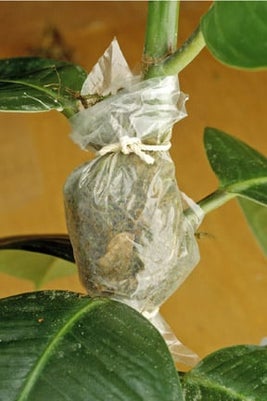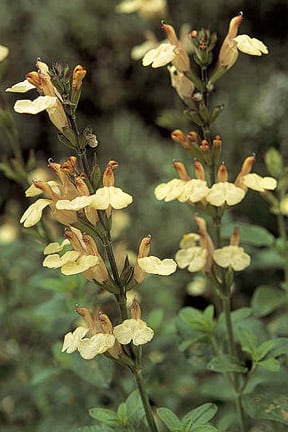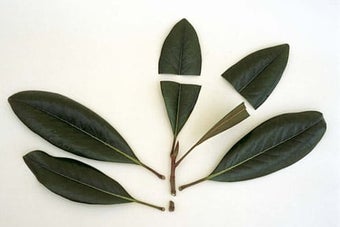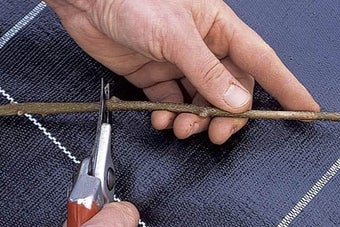
Quick facts
Suitable for - Shrubs, climbers and trees that do not take from cuttings but are unsuitable for layering
Timing - Spring or autumn
Difficulty - Moderate
Suitable for...
Air layering is an effective propagation method for some plants that do not root readily from and which often lack low-growing shoots suitable for conventional layering, such as magnolia, hazel, Cotinus and flowering Cornus species.
Other suitable plants for air layering include: acers, camellia, Chaenomeles, daphnes, Ficus, Forsythia, Hamamelis, jasmine, Philodendron, rhododendron and azalea, lilac and viburnums.
When to air layer plants
Layering can be carried out in autumn or spring. plants respond well in either season, but evergreens respond better to spring layering.
How to air layer plants
- Choose a one- to two-year-old stem that is straight, healthy and vigorous. Trim off side shoots and leaves from a 30cm (1ft) section. Do not leave any snags
- Wound the stem, making a 2.5cm (1in) cut through a leaf , angled towards the shoot tip. This will create a tongue that can be lifted
- Apply rooting compound to the surface of the wound
- Pack a small amount of moist sphagnum moss under the tongue of the wound
- Wrap the wounded stem section loosely with black plastic, sealing it at one end with weather-proof adhesive tape
- Pack the wrapping sleeve with moist sphagnum moss, to a thickness of 7.5-10cm (3-4in)
- Seal the other end of the wrapping sleeve with weather-proof adhesive tape
- Leave the wrapping in place for up to a year. Open and check it occasionally for signs of rooting
- When strong new roots are visible through the moss, remove the plastic sleeve. Cut through the stem just below the rooted section
- Pot up the rooted stem in potting suitable for the plant in question. Do not attempt to remove the moss from the roots. Water, label and grow on until large enough to plant outside
Problems
It is important for plants that take a long time to root to use black plastic rather than clear plastic, as light can encourage the growth of algae in the damp conditions inside the sleeve. Clear plastic is acceptable for speedy rooters such as Ficus.







